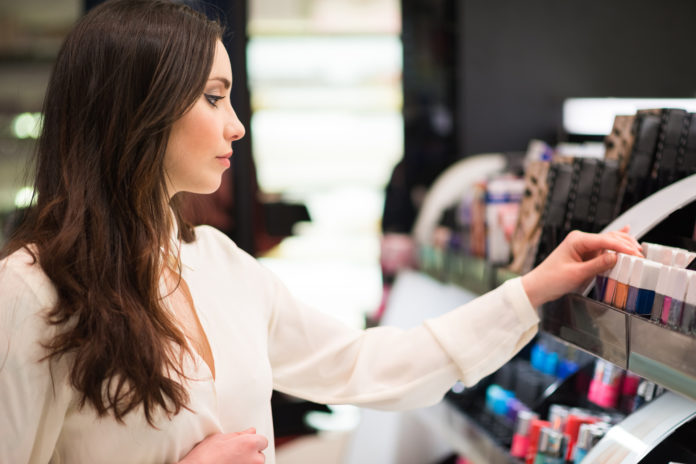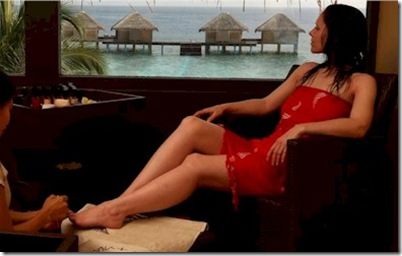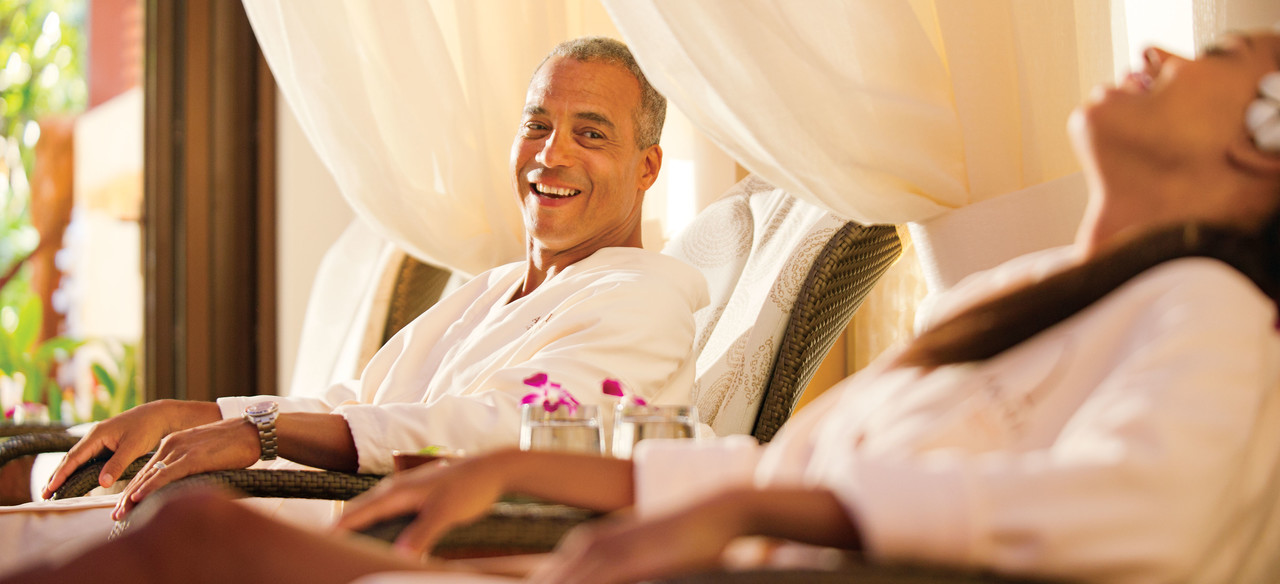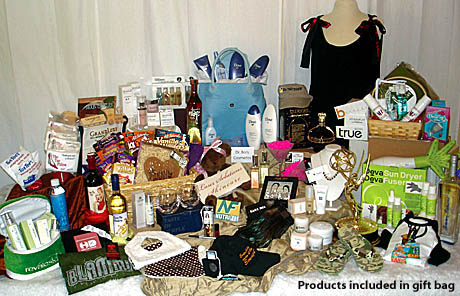
I just finished reading Day Spa Association’s Retail Sales Snapshot Report for 2016.
Sales are up. However, if your retail to service sales were from 0-20% you only saw a maximum of 3% growth in 2015. Read More


I just finished reading Day Spa Association’s Retail Sales Snapshot Report for 2016.
Sales are up. However, if your retail to service sales were from 0-20% you only saw a maximum of 3% growth in 2015. Read More

As beauty outlets like Ulta continue their explosive sales in cosmetic and skin care products, how is the spa industry strategizing to capture its own share of the retail market?
Not all retail stores are under pressure. One new chain is expanding. Based on a successful formula, the chain plans to add 100 new 10,000-square-foot stores this year for a total of more than 970 units. The stores are called “Ulta Beauty” (Ulta, not Ultra, notice) and offer makeup, skin care, fragrances and hair products.
A recent article from The Wall Street Journal revealed Ulta’s strategy (1). The first building block of success is location. Ulta avoids the premium urban sites some retailers choose. Instead, Ulta picks less expensive secondary locations, with little or no competition, in outdoor strip malls instead of enclosed malls, where shoppers can easily park and walk directly inside.
The second building block is Ulta gets women to try, wear and, most important, play with beauty products. Mass brands like Cover Girl and Maybelline, normally available in drug and big-box stores, occupy one side while prestige brands like Lancôme and Clinique, usually found only in exclusive department stores, are on the other. Customers can test most products, even hair dryers. And Ulta is dynamic with promotions that bundle top sellers with new items, a technique that takes the focus away from straight discounting and instead encourages customers to discover new things.
This mix of brands offers a broad range of prices, from $2 lip liners to $200 hair dryers, and appeals to all ages. Mothers and daughters often shop together, with three in four customers spending 15 minutes or more in the store, and one in five spending 30 minutes or more. The stores have hair salons, and often facial stations and “brow bars” for eyebrow shaping.
“You hear and see and smell and feel beauty happening around you. It elevates the whole store, even if you are not using it,” Dave Kimbell, Ulta’s chief marketing and merchandising officer, told The Wall Street Journal.
Shoppers test shades of lipstick, sniff different fragrances or get a blowout. “You can’t Amazon that,” said Oliver Chen, head of retail and luxury goods at analyst Cowen & Co, calling Ulta one of a handful of “Un-Amazon-able” retailers in The Wall Street Journal.
Some consumers describe their experience as feeling like a kid in Disneyland. And while there is increasing competition from drug stores and more upscale beauty retailers like Sephora, Ulta differentiates itself by offering both mass and prestige brands together. This encourages what the company calls “mass migration,” where a shopper coming in to buy a cheaper lipstick will wander over to check out more expensive items.
To encourage prestige brands to market outside their usual exclusive upscale retail settings, Ulta sets the high-end brands apart with dedicated areas, special seating, signage and fixtures.
While salon services make up just a small percentage of sales, those customers must make an appointment that forces them to come into the store regularly. These shoppers spend 2.5 times more than non-salon customers and shop twice as often.
Natural products retailers have the ability to offer the same sort of elevated shopping experience by creating areas where customers can linger and learn, try product samples or demonstrate equipment, receive a chair massage or other health treatment. With a little creative thought, you can apply the lessons from Ulta to make your store “Un-Amazon-able,” too! WF
Reference
1. E. Holmes, “A Beauty Retailer That Knows What You Want,” The Wall Street Journal, June 21, 2016, www.wsj.com/articles/a-beauty-retailer-that-knows-what-you-want-1466536921, accessed June 29, 2016.
Published in WholeFoods Magazine August 2016 Author Jay Jacobowitz
Sourced by Mark McKenney (@MarktheSpaman)

Innovation is a hot buzzword. Senior executives in the hospitality industry are burning the midnight oil trying to find ways to innovatively one-up each other. Flying yoga, wellness strategies, sustainability campaigns, the list goes on with one thing in common. They’re all designed to target a larger portion of revenue from the upscale leisure consumer. Read More

In bench-marking studies from the past year, the average retail revenues at Five-Star hotel spas ranged from 3% to 10%. It’s a shame because with retail profit margins higher than services, they have the potential to represent 20-35% of the overall revenue earnings.
Some exceptional examples in the industry like The Spa at Hershey and Gianni Versace’s spa actually have signature retail lines which provide a whopping 45% of their profit.
But both have a system of selling that is consistent and effectively in place.
At too many spas, there is inattention to the impact of everyday processes. Employees perform with comfortable repetition without examining the effects or implications of their actions to the larger picture.
Here are three of the most common mistakes resulting in millions of dollars in loss of potential revenue for international hotel brands.
1. Non-existent Retail Process
In various parts of the world, spa intake forms that customers painstakingly fill out are required only for government compliance.
Shockingly, they are not used to initiate guest conversation because the therapists are unable to speak the customer’s language. So the form is simply ignored.
And in its stead, no process is put in place to ensure smooth communication between the therapist and guest. No mechanism or liaison is provided which guarantees that the appropriate treatment and product recommendations are given.
Guests are allowed to leave the spa without closure aside from paying their bill. Discussions about follow up treatments or home care never take place. This often results in feelings of disappointment. Of having paid a premium price for an experience that was nothing special and therefore unnecessary to repeat.
2. Non-selling Massage Staff
How many of your massage therapists sell retail products? With the exception of cruise ships, many upscale spas give massage therapists a pass on product recommendations. In many cases products that are perfect accompaniments and home care solutions to massage treatments are sitting in plain view on the shelves but they’re never mentioned.
Product recommendation is an important component to personalizing a guest’s experience. It’s a powerful and effective way to differentiate your brand from the competition. It has also been proven to stimulate return visits and customer loyalty.
By allowing your massage team to by-pass this step, your spa is sending a message that your level of service is inconsistent according to the treatment selected, and that sub-standard service is OK.
3. Annual Therapist Training
Does your spa team receive product training once a year that substitutes for “customer training”? Are you satisfied with it because its “free”? Guess what; it really isn’t free. It’s costing you a lot.
Product knowledge can now be accessed by almost anyone if they have access to the internet. Your customers often come to the spa equipped with far more product knowledge than your therapists.
To be competitive in today’s spa market, therapists must bring a different more relevant set of customer information skill sets. This requires regular training, feedback and refreshers.
If you’re not showing them how to deliver the best customer experience through active listening, engagement, treatment and product personalization your organization is behind the times and losing ground on revenue and repeat business.
Have you made any changes to the way you’re doing business in 2016?

A prospective client, the manager at an iconic Five-Star hotel spa in the Maldives told me that she lives on pins and needles every year because her staff is extremely weak at selling retail products.
When I asked how she explains her revenue numbers to senior management, she said “I only do an end of year reporting. We have a very rich client who flies in on his plane from the UAE each December. He brings his entire family and they purchase everything on our shelves.”
I didn’t know whether to laugh or cry. Yet how many of us go to work each day with fingers crossed hoping for sales? When I first started out 19 years ago, that’s exactly what I was doing.
Well, there’s no need to be on pins and needles any longer.
I’ve partnered with Spa Standard to bring you a package that is highly affordable, convenient and language friendly. Most importantly, it will turn your team’s retail sales around quickly. Check it out here>> http://bit.ly/1U1JBWh

Every year from family and friends on I had to hear “I can’t believe you have to work tomorrow. I’m off the entire weekend!” they’d croon. I hated it. I knew that they would be in various stages of enjoyment of the day after the holiday; shopping, relaxing and eating more of those great tasting leftovers. I sighed. And went into the place where I worked, the spa. Read More

When I first met Khun Kate we hit it off right away. She had just opened her anti-aging clinic in Bangkok around the same time that I’d launched my online retail training class. We spent two hours bonding over the topics of favorite vacations spots, anti-aging treatments and perfect customer service. Read More

As reported by Skin Inc magazine, The International Spa Association (ISPA) released its annual 2015 U.S. Spa Industry Study yesterday, covering details about the industry’s growth statistics, a picture of U.S. spa facilities and treatments, and a profile of the spa industry.
The study is jam-packed with in-depth insight about the spa industry over the past year—including the fact that total industry revenue has well surpassed the $15 billion mark—but we are highlighting six key takeaways that stand out.
Employment in the spa industry is estimated to be at 360,000 as of May 2015, which is a 2.9% increase (more than 10,000 new jobs) over the same time last year.
Increasing staffing levels was strongest among day spas—48% said they increased employment levels.
Although both full- and part-time positions rose, the number of independent contractor positions fell by 6.5%. ISPA notes this reduction has been occurring yearly since 2010.
The average revenue for a single spa location has risen to $749,000 in 2014, which is an increase of 2.9% from the prior year.
Total spa visits were 6.7% higher in 2014 than the year before. And average visits per spa rose 4.3% (8,500) from 2013 to 2014.
Despite a strong rise in spa visits, the amount of money spas are making on an average visit has dropped slightly by 1.3% from $89 in 2013 to $88 in 2014.
ISPA suggests this could be due to several factors, including: due to busy lifestyles, clients may be visiting more frequently, but choosing shorter treatments; spas introducing express treatments; discounting; and raising prices competitive marketplace proves challenging for spas.
ISPA asked survey respondents on what they believe the next trend to shape the industry will be, stating that trends related to wellness, health and fitness were the most frequently cited trends. One in two respondents mentioned one or more wellness-related trend.
When ISPA asked spas about their plans for 2015, most spas said they intended to take actions to enhance their business. A few things spas plan to add in 2015 include:
– See more at: http://www.skininc.com/spabusiness/trends/2015-ISPA-Spa-Industry-Study-Six-Key-Takeaways-330404281.html#sthash.9ySjmyVJ.xkl6pCLW.dpuf

Once a month the CEO of a certain Five-Star resort company would return to the home office. A status meeting was always held. All vice presidents and middle management would attend either in person or via Skype.
On this particular day as we were waiting for the meeting to begin, he regaled us with a story of his visit to one of the company’s more remote locations. He said 18 hours on a plane had earned him an extremely stiff neck. Immediately upon arrival he’d booked a massage. In a luxurious hut with the ocean as a backdrop, he’d explained his problem to a therapist in detail. He opted for an add-on treatment of Thai herbal balls; heated poultices which are rhythmically applied to sore or stiff body points to promote blood flow. He’d also requested that a heated towel be placed around his neck for the first 10 minutes prior to treatment. >>>To read more click here>>huff.to/1GEycWV

My friend Cheryl developed a beautiful line of organic body products. She sent me samples and I was thrilled to discover that her creations where some of the best I’d ever used.
When it won a best new product of the year award in New York City, she and I celebrated with a champagne lunch. I remember screaming in delight when it was later selected as one of the swag bag items for the Emmy Awards. A Five-Star hospitality group in Asia began carrying her line at their chain of spas. Her product was unstoppable. Read More